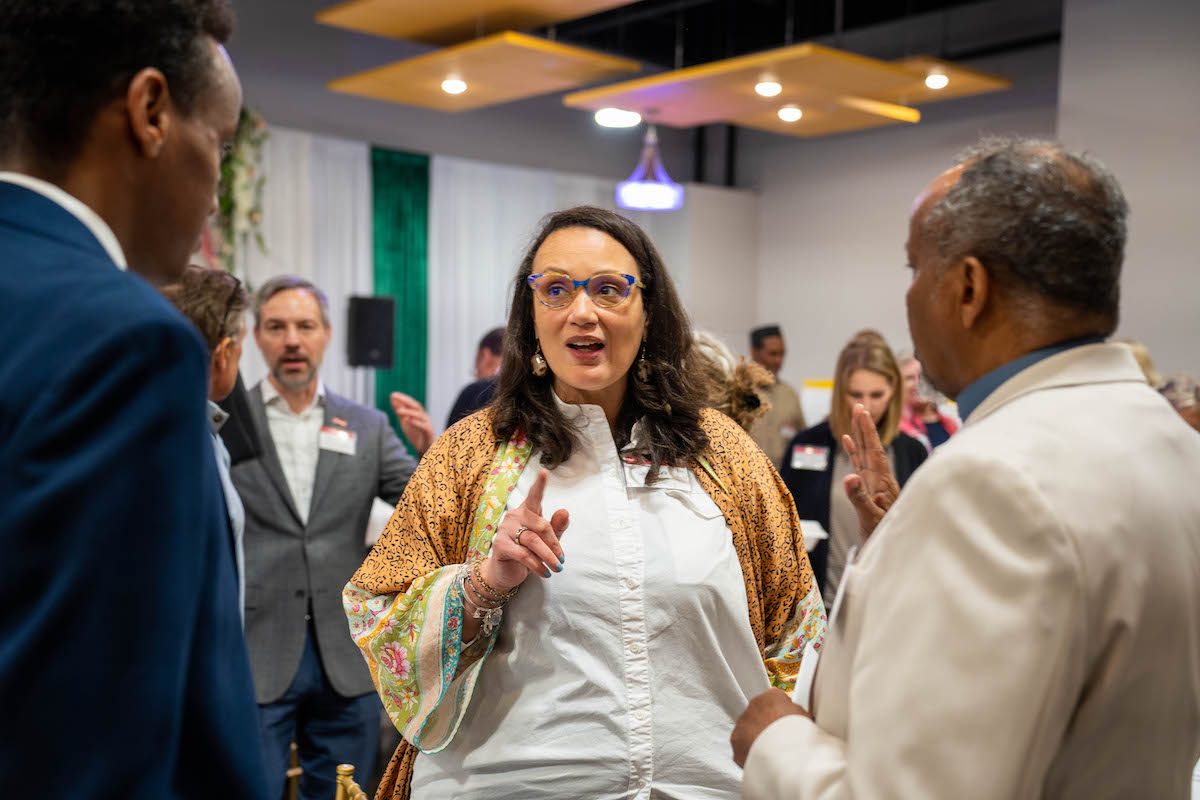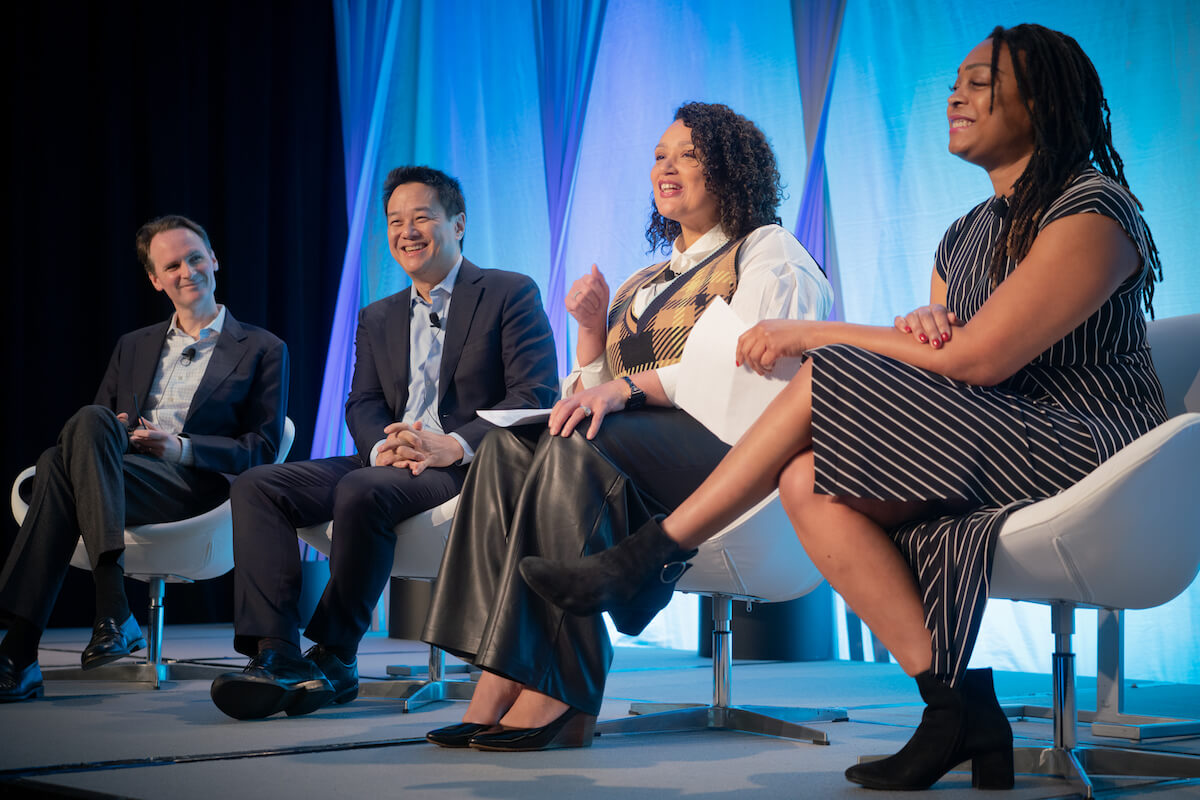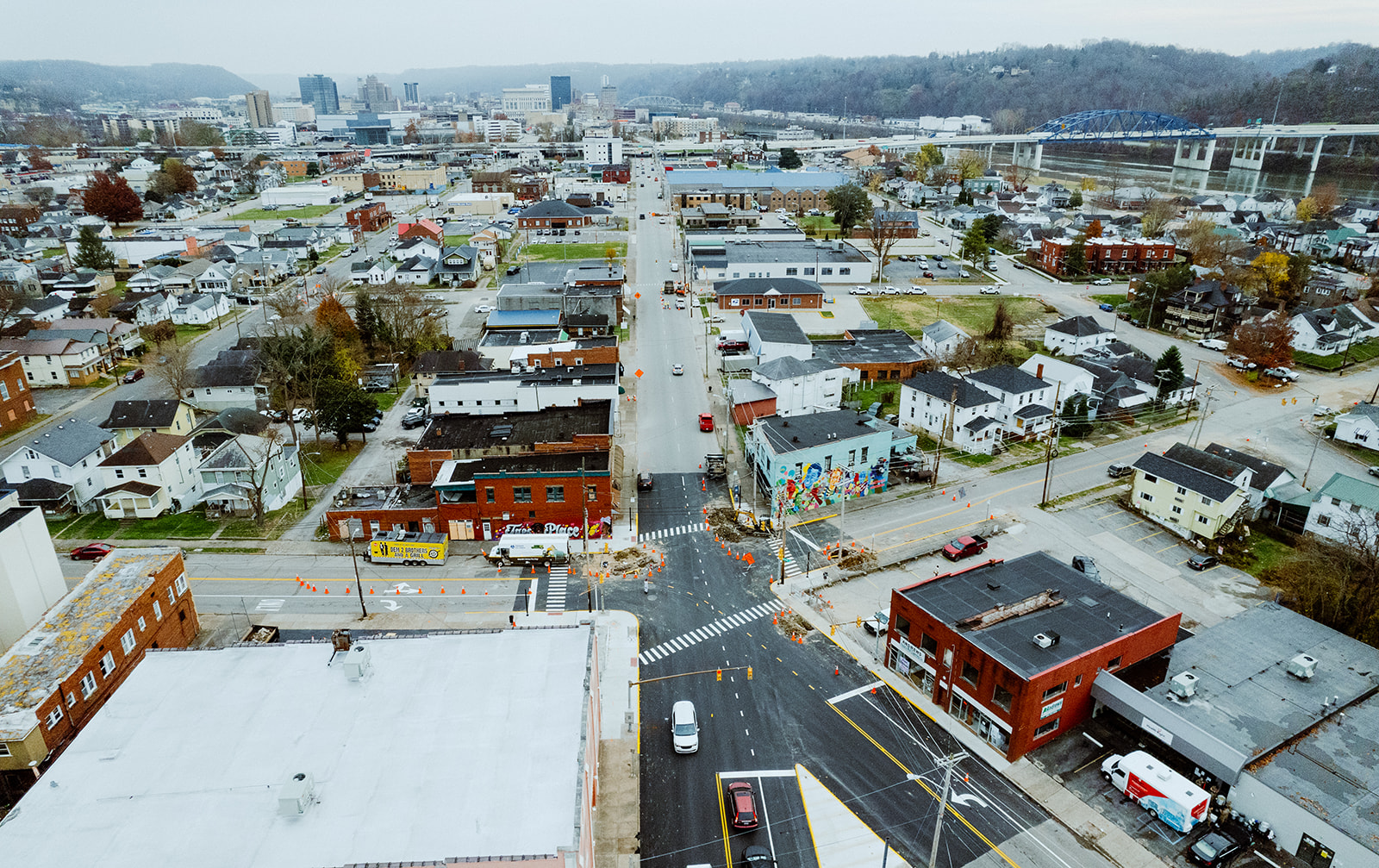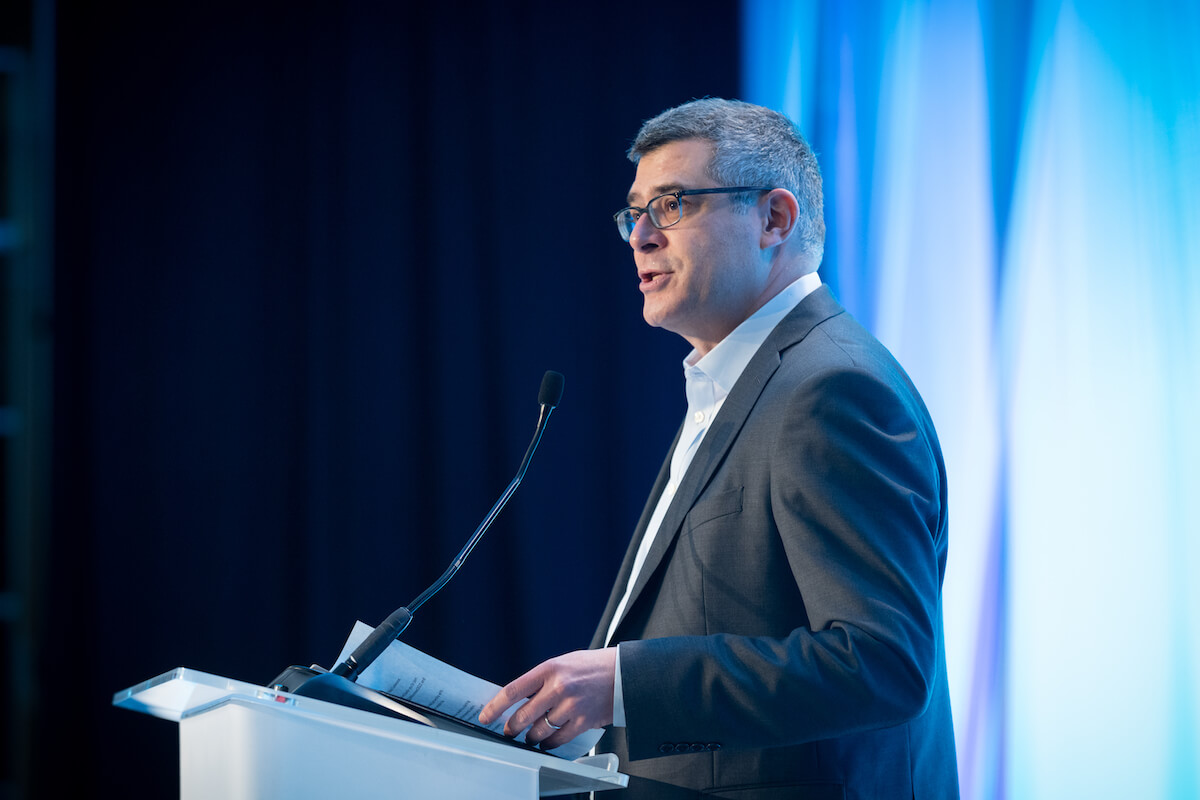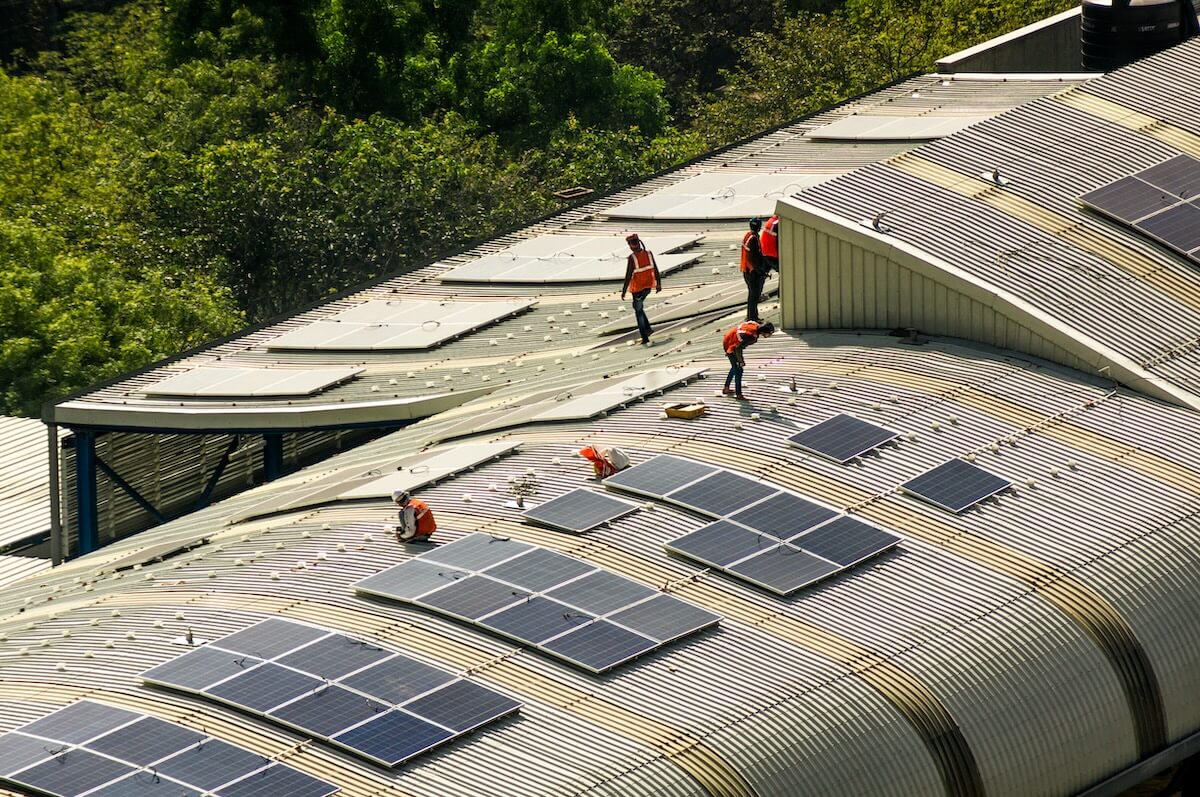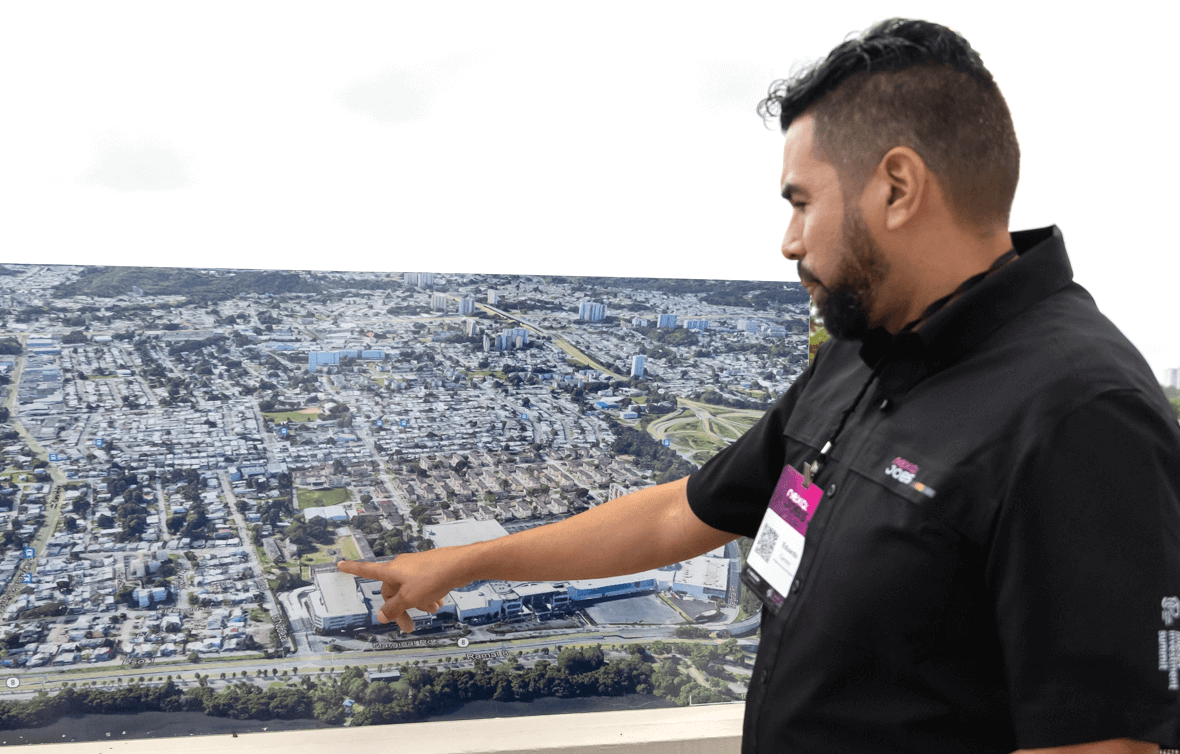The impact-first philosophy that Ceniarth has championed has had its fair share of challenges. But we remain convinced that it is critical to supporting vulnerable communities – and clearly differentiated from the approaches of mainstream impact investors.
Ceniarth was officially founded by Diane Isenberg in November of 2013 as an impact-focused family office. A decade later, our mission remains identical: deploying investment capital to improve livelihoods in underserved and marginalized communities globally.
While our North Star has been consistent, our approach has evolved over 10 years based on the learnings from our now-$650 million portfolio. To mark the beginning of our next decade of investing, we have set out 10 key learnings from the past 10 years.
1. Don’t believe the hype: Tradeoffs are real.
As early as 2017, we began writing about the inherent tensions that exist between investing for impact in vulnerable places and the desire to earn commercial returns. By 2018, we had become convinced that those tradeoffs were “real and unavoidable.”
We set out our vision for an impact-first portfolio that would preserve capital, but would seek to earn less than market returns. To be sure, there are some sectors such as climate investing or financial services where high impact, high return strategies do exist.
That said, for the most part, those looking to deploy capital to support economic development in underserved places need to be comfortable with patient, sub-market returns to achieve sustainable impact.
2. Impact-first capital preservation requires stamina and strategy.
Diane’s bold leadership and philanthropic desire to pursue this approach was the critical catalyst, but, like all things, the devil is in the details. Even putting aside the record levels of inflation that have occurred over the past three years, maintaining an impact-first portfolio that can predictably earn a modest return is challenging.
We operate in contexts where certain deals require highly concessionary returns, while others may carry significant geopolitical risks of complete capital loss. We have many levers moving at once.
In parallel to new deployments, we are slowly divesting of both responsible public equity and fixed income positions that most foundations and endowments rely on as ballasts for targeting commercial returns.
At the same time, our foundation’s reliance on program-related investments (PRIs) as opposed to traditional grantmaking means that a significant portion of our annual, required distributions are recycled for continual use. This provides a level of flexibility and additionality that traditional grantmakers would not have.
3. For high net worth families, the water’s still fine and there’s still plenty of room in the pool.
We have been loudly beating the impact-first drum for half a decade now. Our countless presentations to convenings of those purporting to be impact investors has amounted to far less than what we had hoped.
Still our handful of wins have been notable and significant.
It is clear that many who inhabit the impact investing conference circuit are either only interested in strategies that do not sacrifice returns or lack the authority to challenge their own advisors, trustees, or Board Members to pursue impact-first approaches.
That said, we have been fortunate to find a few, genuine kindred spirits with meaningful assets and intentions. These wins have come from action-oriented individuals that are eager to see dollars deployed and can make immediate use of our pipeline, diligence, and industry insights. While we can count these on one hand, the dollars deployed via these collaborations have been impressive.
Moving forward, we are much more focused on seeking to collaborate with traditional philanthropy circles than with those self-selecting as impact investors.
4. Catalytic capital from DFIs and foundations makes deals work, after flexibility and patience.
While the family office world has produced fewer successes, our partnerships with international development banks and larger foundations have generally been bright spots. Yes, these institutions can move slowly, operate bureaucratically, and change programmatic priorities, but one’s patience can be rewarded with the significant capital capacity that they bring to bear.
It should be noted that working with these institutions often requires an openness to be a follower on deals and terms dictated by their process as opposed to pressing your agenda on them. We have watched amusingly as investors new and naive to the market have struggled in vain to negotiate with government lawyers or have railed against particular terms. Working on transactions such as Global Partnership’s Impact First Growth Fund or MCE’s MESA Fund in collaboration with organizations such as the US Development Finance Corporation and FMO have been real highlights.
Increasingly these DFIs are also willing to take on riskier, even more catalytic junior positions in the capital stack. Similarly, major foundation partners such as the MacArthur Foundation, Packard Foundation, and Schmidt Foundation have played critical roles in deals such as the Black Vision Fund, Candide’s Climate Justice Fund, and many others.
5. In some geographies, impact-first requires de-risking and subsidies.
While our approach allows for far more flexibility in underwriting returns than many finance-first impact investors, we still do model every deal to seek capital preservation.
With derisking mechanisms in place, we can play a genuinely additional role being the senior capital in a fund or senior lender to an enterprise. For example, we have been able to make recent commitments to deals such as SunFunder’s Gigaton Fund because of the presence of subordinate investors.
Over the past decade, we have found that geopolitical and macroeconomic conditions, talent shortages, and currency factors can make certain geographies incredibly hard. Rural, sub-Saharan Africa, a big emphasis for us in the first half decade of Ceniarth, has been perhaps the most challenging of all.
To be certain, the unprecedented impact of Covid made matters even worse. But we have faced numerous instances of capital impairments, restructurings, changes to government policies, currency swings, and other unforeseen challenges.
At times, the lack of experienced resources for accounting and general financial management leaves us unable to assess whether a business is doing well or not. We have found that in many of these cases, capital that is even more deeply risk tolerant than ours is required.
This might take the form of grants to subsidize a non-profit or hybrid organization or investors willing to provide first-loss tranches or guarantees. In many cases, these subsidies are not temporary fixes, but rather permanently necessary features of sustainability.
6. Small, first-time funds are where the biggest impacts are, and the bumpiest rides.
It is one of the sector’s most commonly heard complaints: few impact investors are willing to support first-time, smaller funds.
It is a gripe founded in reality as those with a finance-first orientation will almost always find a reason to disqualify these nascent funds: they are too risky. Too small. Under-diversified. No track record. The list goes on.
The truth is, even for those of us willing to work through these obstacles, these are still very difficult deals to make work. We have watched as fees and expenses on a number of small, slowly deploying funds have quickly eaten up any chance of even modest returns. We have similarly wound down more than one of these funds before even a dollar was invested.
Despite these bumps, the creation of these new managers is essential to our strategy of developing thriving capital intermediaries. They often address critical, unmet capital gaps, so we will not back away from these risks. This is another area where equity or grant capital to subsidize general-partnership expenses in the early years would be highly catalytic.
7. Building an impact-first team lets us write our own rules.
The advisory world continues to have very limited options for serving impact-first clients. Building our own team in the UK has unlocked our ability to deploy effectively at scale.
When we planted our flag in 2018 to pursue this impact-first approach, we knew that we would need to build our own capacity to do so. Since then, a small handful of reputable Advisory firms have demonstrated an ability to support clients on these more progressive mandates. They are definitely the exception, not the norm.
Given the size of our assets under management, we were in a unique position of being able to hire our own team. We now have a growing investment team of six all of whom come with meaningful experience in conventional finance, but have sought to be more impact-focused in their careers.
They are complimented by our Impact & Origination team of three that is tasked with strategic research projects, impact assessment, as well as the identification of new investments for our pipeline. Our goal has always been to build a team with the sophistication of mainstream finance and consulting firms yet empowered by Diane’s pioneering impact-first criteria.
In addition, a key ingredient of our speed of deployment over the years has been the direct, day-to-day engagement of Diane and the investment committee, including co-managing director Greg Neichin and head of investments, Stefan Freeman.
8. Face up to failures to make way for what works.
There is nothing that the industry dislikes more than discussing failure. There is significant learning lost because of this.
There are multiple funds and enterprises in our current portfolio that are regularly feted publicly as successes that are not doing nearly as well as you would imagine.
Given the challenges of raising impact-first capital generally, it is understandable that these organizations would be hesitant to lead with their mistakes and challenges. As an investor in these firms, we too walk a fine, balanced line.
While we are accountable to no one besides Diane, we should, in theory, have the freedom to vocalize problems in the portfolio. That said, we do not want to violate confidentialities or make life even harder for our partners by publicizing their challenges.
We recognize that the professional incentives for most, even those working for asset owners, is to brush problems under the rug for as long as possible. We always endeavor to be honest and blunt when we are called upon by co-investors to discuss individual transactions, but these are private discussions with limited reach.
This hesitancy to discuss failure leaves open potholes that could have been avoided by others and leaves us all needing to take a skeptical eye toward most every diligence project.
9. KISS: Keep it simple….to scale.
Overly creative and precious deal terms can really hinder scale.
Over the years, we have seen many well-intentioned concepts that include creative, very progressive features – think impact-aligned compensation, community governance provisions, limited diligence restrictions, etc.
It is hard to think of any of these that have moved beyond interesting, yet small, niche vehicles. If that is one’s goal then clearly there is nothing wrong with this approach. We can respect the desire to be a principled example of the “perfect”, as opposed to a compromised version of the “good”.
Over the decade, our view is that the perfect can quickly become the enemy of the good.
In pursuit of “systems change” and “revolution”, many lose sight of the beneficiaries that our industry is intending to serve.
We will always remain believers that large scale, meaningful, even if incremental, improvements to livelihoods is a worthy goal in a world where the wholesale dismantling of systems seems utopian.
10. Accurate, practically useful impact assessment is an ecosystem good requiring ecosystem support.
Irony is not lost on the fact that we all call ourselves impact investors (or even impact-first investors), yet the most common question at our gatherings is “how do you measure impact?” Less commonly reckoned with: who should bear the costs of more comprehensive impact evaluations?
Accurate, practically useful impact measurement continues to be an elusive goal. After a decade of experimenting with a wide variety of approaches, frameworks, and experienced impact personnel, we still find ourselves searching for better answers. We have all but abandoned the idea of portfolio-wide impact metrics as they all strike as uselessly vague.
Instead, we have opted for an approach on the opposite side of the continuum, a deal by deal approach to impact assessment and monitoring. In addition to this micro-level lens, we remain intrigued by opportunities to assess comparative impact across similar organizations.
For example, we were a recent funder of 60Decibel’s Microfinance Index. We see cost as the greatest challenge to more of this sectoral research and a real opportunity for traditional grantmakers to support the impact investing ecosystem.
As we turn the page on the decade, we have been asked more than once, “what’s next for Ceniarth?” Our answer is as simple as it was back in 2013. Do more of the same to increase our impact for marginalized communities.
Our secret sauce is consistency. We may not be in the headlines for the latest and greatest in the sector, but you can bet that we’ll be here in 2033, doing more of the same and penning our 20 for 20.
Diane Isenberg and Greg Neichin are Ceniarth’s managing directors.



